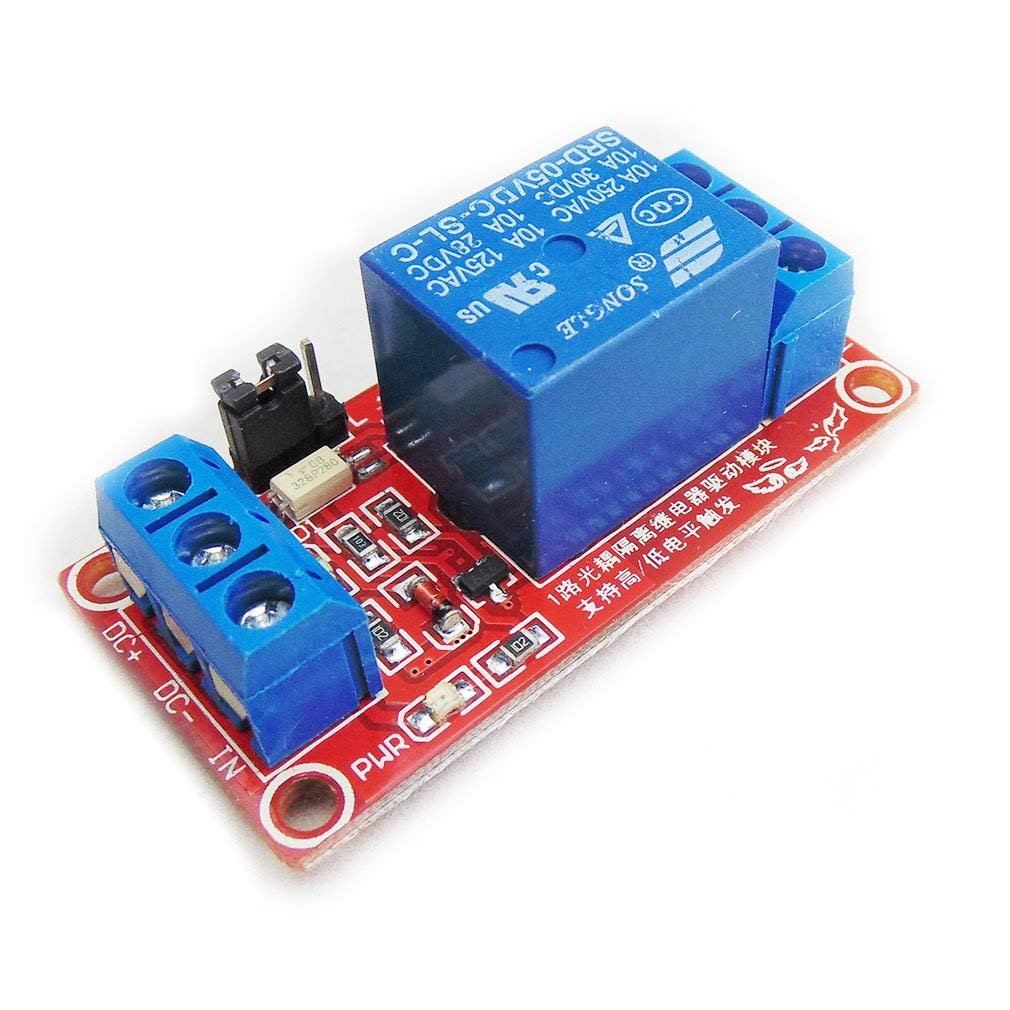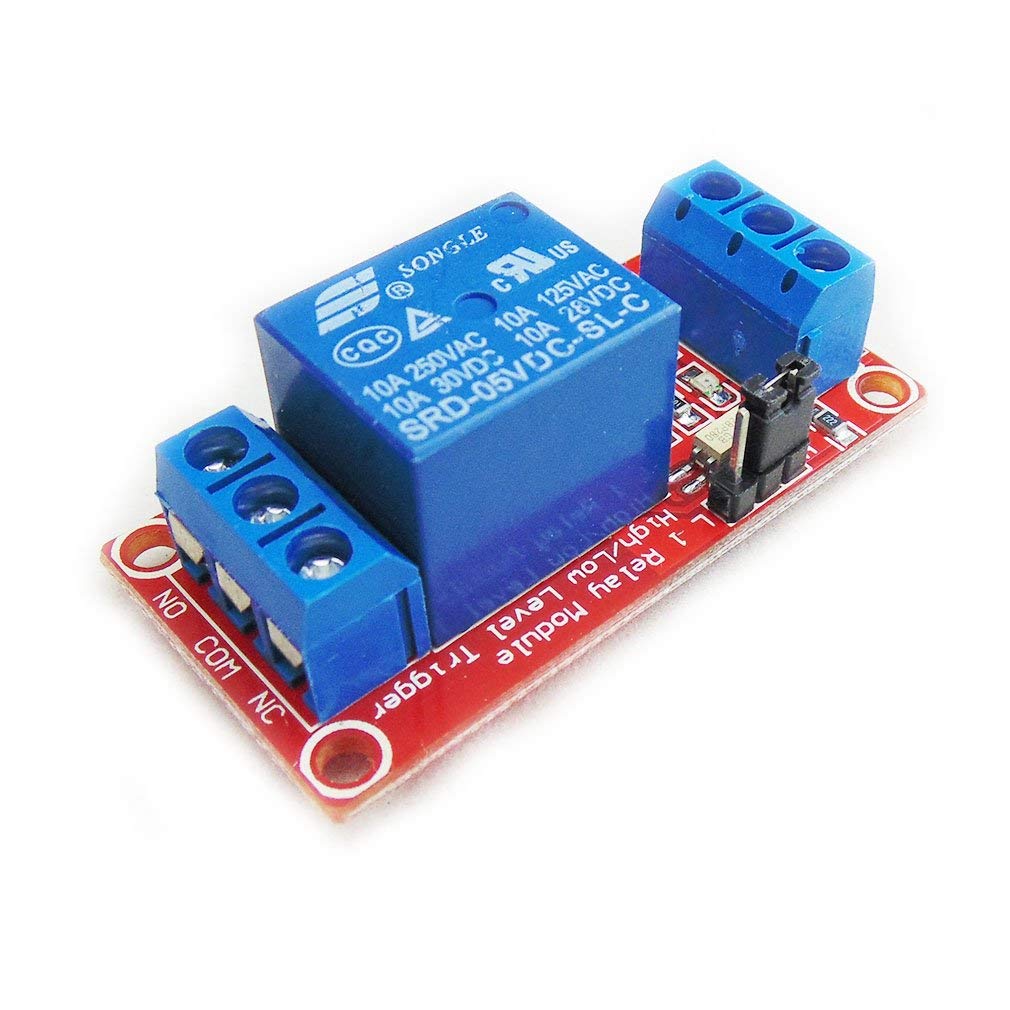Customer Services
Copyright © 2025 Desertcart Holdings Limited
Desert Online General Trading LLC
Dubai, United Arab Emirates






🔧 Power Your Projects with Precision!
The HiLetgo 2pcs 5V One Channel Relay Module is a high-performance relay switch designed for both AC and DC applications. With a maximum load of AC 250V/10A and DC 30V/10A, it features SMD optocoupler isolation for enhanced stability and a fault-tolerant design that keeps your projects running smoothly. The module's user-friendly interface allows for easy connections, making it an ideal choice for both hobbyists and professionals.
Trustpilot
2 weeks ago
5 days ago